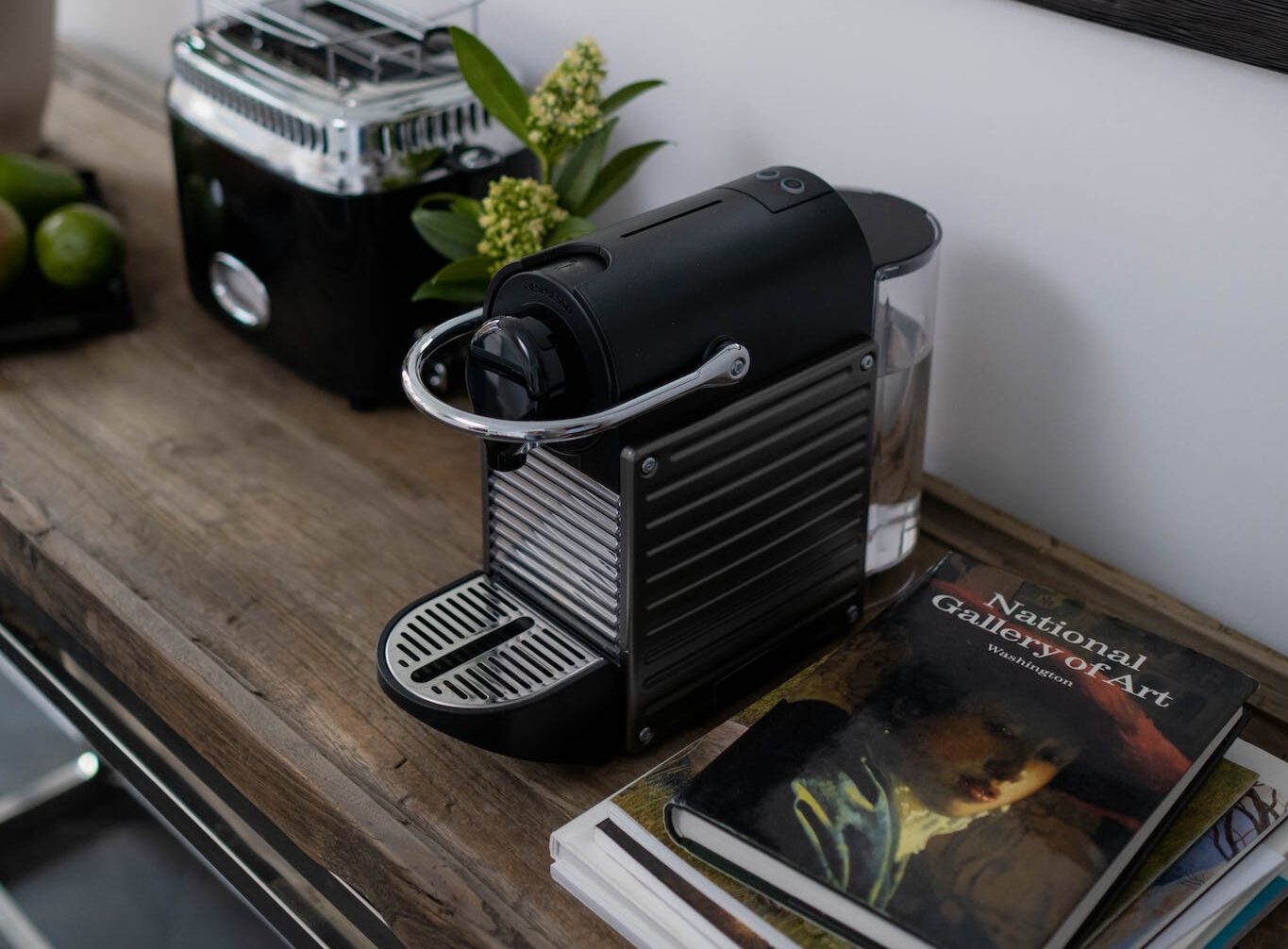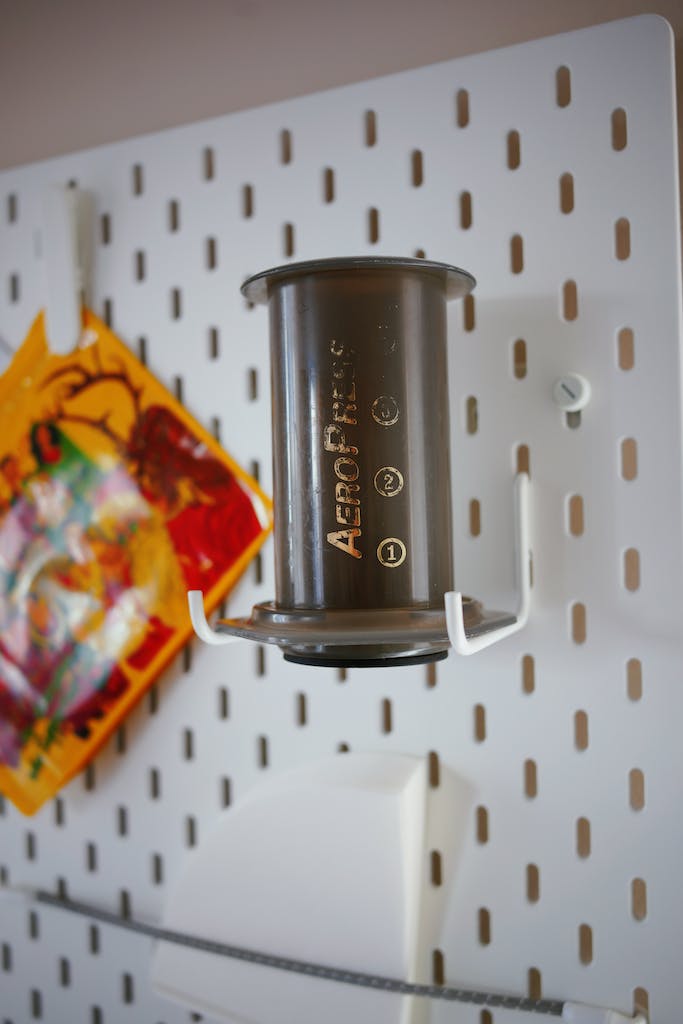How Often to Clean Your Coffee Maker
There are some affiliate links below, but they are all products I highly recommend. For more info, view my disclosure here.
Do you know how often you should clean your coffee maker? If not, you’re not alone. Many coffee drinkers are unsure about how often to clean their beloved machines. However, neglecting to clean your coffee maker can lead to a buildup of bacteria and mold, affecting the taste and quality of your coffee.
To keep your coffee maker running smoothly and producing delicious coffee, clean it regularly. The frequency of cleaning depends on several factors, such as how often you use your machine and the type of coffee you brew.
We’ll explore the recommended cleaning schedule for various types of coffee makers and provide tips on how to clean them effectively. By following these guidelines, you can ensure that your coffee maker stays in top condition and produces the best-tasting coffee possible.
Understanding the Importance of Cleaning Your Coffee Maker
As a coffee lover, you rely on your coffee maker to brew your daily cup of joe. However, do you know how often you should clean your coffee maker? Regular maintenance is essential to ensure the taste of your coffee remains consistent and to prevent mineral buildup and bacteria growth.
Impact on Taste and Health
Coffee oils can accumulate in the coffee maker over time, which can negatively impact the taste of your coffee. The longer you go without cleaning your coffee maker, the more coffee oils and mineral deposits will build up, leading to a bitter taste. Moreover, if you do not clean your coffee maker regularly, it can become a breeding ground for bacteria.
Cleaning your coffee maker regularly can help to maintain the taste of your coffee and prevent bacteria growth. NSF International, a global public health and safety organization, recommends cleaning your coffee maker at least once a month.
Preventing Mineral Buildup and Bacteria Growth
Mineral buildup can occur when you use hard water to brew your coffee. Calcium and other minerals in the water can accumulate in your coffee maker and cause clogs, which can impact the taste of your coffee and damage your coffee maker.
To prevent mineral buildup, it is essential to clean your coffee maker regularly. You can use a mixture of water and vinegar to remove mineral deposits and bacteria from your coffee maker. Simply fill the water reservoir with equal parts water and vinegar, brew the mixture, and then run a cycle of plain water to rinse the coffee maker.
Regular maintenance is critical to ensure the taste and health of your coffee. Cleaning your coffee maker at least once a month can prevent mineral buildup and bacteria growth, ensuring that you can enjoy a delicious cup of coffee every time.
How Often to Clean and Descale
Coffee makers are a staple in many households, but they can become a breeding ground for bacteria and mold if not cleaned regularly. Knowing how often to clean and descale your coffee maker can help keep it running smoothly and ensure that your coffee tastes great every time.
Daily and Weekly Cleaning Routines
On a regular basis, clean your coffee maker’s brew cycle and water reservoir. This can be done by simply rinsing them out with clean water after each use. For a deeper clean, you can use a mixture of water and vinegar to clean the inside of the coffee maker. Simply fill the water reservoir with equal parts water and vinegar, run a brewing cycle, and then run another cycle with clean water to rinse it out.
In addition to cleaning the inside of the coffee maker, clean the exterior regularly. Wipe down the outside of the coffee maker with a damp cloth to remove any dust or dirt.
Monthly Deep Cleaning and Descaling
On a monthly basis, perform a deep cleaning and descaling process to remove any buildup of minerals and other debris. To do this, you can use a descaling solution that is specifically designed for coffee makers. Follow the instructions on the package to ensure that you use the correct amount of solution.
Before using the descaling solution, make sure that the coffee maker is empty and that the water reservoir is filled with clean water. Run the brewing cycle with the descaling solution, and then run another cycle with clean water to rinse it out.
Regular cleaning and descaling of your coffee maker can help extend its lifespan and ensure that your coffee tastes great every time. By following these simple routines, you can keep your coffee maker running smoothly and enjoy a delicious cup of coffee every morning.
Step-by-Step Cleaning Guide
Keeping your coffee maker clean is essential for ensuring that your coffee tastes great every time you brew. Here is a step-by-step guide to help you keep your coffee maker clean and in good working order.
Daily Cleaning Steps
Cleaning your coffee maker daily is a quick and easy process that will help keep your machine running smoothly. Follow these simple steps to keep your coffee maker clean:
- Remove the brew basket and filter basket from your coffee maker and wash them in hot soapy water. Rinse them thoroughly and let them dry.
- Wipe down the drip tray and the exterior of your coffee maker with a damp cloth.
- Dispose of any used coffee grounds and rinse the carafe with fresh water.
- Run a cleaning cycle with a cleaning solution to remove any buildup or residue from the inside of your coffee maker.
Monthly Descaling Process
Over time, mineral deposits can build up inside your coffee maker and affect the taste of your coffee. Descaling your coffee maker once a month will help remove these deposits and keep your coffee tasting great. Follow these steps to descale your coffee maker:
- Fill the water reservoir with a vinegar solution and run a cleaning cycle.
- Once the cleaning cycle is complete, fill the water reservoir with fresh water and run a rinse cycle.
- Remove the brew basket and filter basket and wash them in hot soapy water. Rinse them thoroughly and let them dry.
- Wipe down the drip tray and the exterior of your coffee maker with a damp cloth.
By following these simple steps, you can keep your coffee maker clean and in good working order. Remember to clean your coffee maker daily and descale it once a month to ensure that your coffee always tastes great.
Best Practices and Tips
Choosing the Right Cleaning Agents
When it comes to cleaning your coffee maker, the right cleaning agents can make all the difference. White vinegar and lemon juice are both effective natural cleaning agents that can be used to descale your coffee maker. Simply mix equal parts of water and vinegar or lemon juice, then run the mixture through your coffee maker. Afterward, run a few cycles of plain water to rinse out any remaining residue.
If you prefer a more traditional cleaning agent, dish soap can also be used to clean your coffee maker. Just make sure to rinse the machine thoroughly afterward to avoid any soapy aftertaste in your coffee.
Maintaining Your Coffee Maker for Longevity
To ensure the longevity of your coffee maker, maintain it properly. If you have hard water, consider using a water filter cartridge to remove impurities that can build up and damage your coffee maker over time.
Clean the removable parts of your coffee maker regularly, such as the carafe, filter basket, and water reservoir. These parts can harbor bacteria and coffee residue that can affect the taste of your coffee and the life of your machine.
Finally, don’t forget to clean the exterior of the machine as well. Wipe down the outside of your coffee maker with a damp cloth to remove any dust or grime that may have accumulated.
By following these best practices and tips, you can keep your coffee maker clean and functioning properly for years to come.






